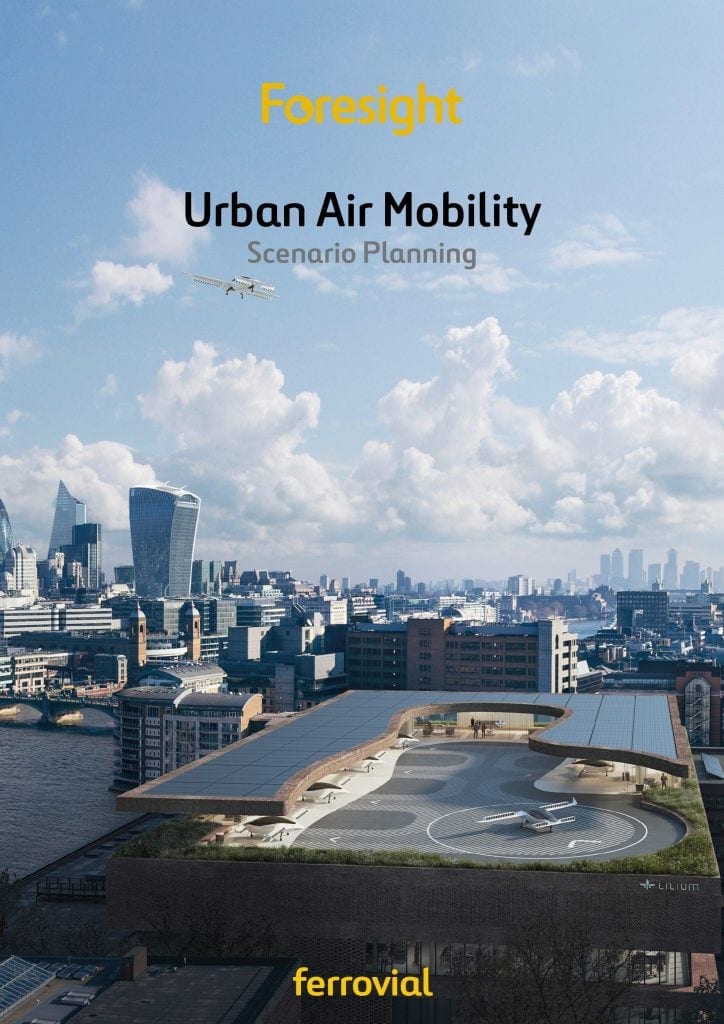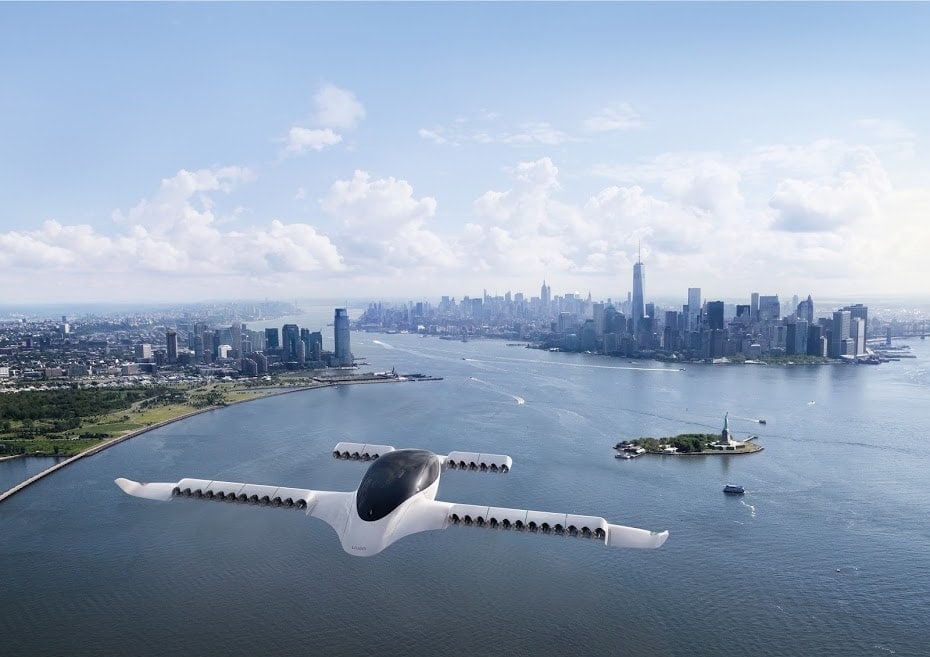Each project and asset is legally independent and has its own managers.
Discover the future of Urban Air Mobility
Fill in the form and you will receive the information in your email
The city’s transformation: What can we expect from urban air mobility?
2025 may be the year in which urban air mobility, thanks to electric vertical take-off and landing vehicles (eVTOLs), becomes a mode of transport that is fully integrated into urban and regional mobility. Several experts and key players say that the technology that will make it possible will be developed this decade.
However, the road ahead is full of challenges. More work is needed to identify opportunities and threats and turn the latter into new opportunities. At Ferrovial, we want to get ahead of the game and understand the challenges of incorporating this mobility model more thoroughly.
Fill out the form to receive the scenario planning documents.

Challenges and advantages of urban air mobility
eVTOL vehicles can take off and land straight up and down. They are one solution for lowering traffic in cities and cutting urban and intercity travel times.
Making this vision a reality involves different challenges. First, there are the technical questions: we would have to develop sustainable, efficient batteries. Second are the organizational issues: this mode will require adapting the current urban infrastructure to ensure it will work properly. This would include building vertiports for take-off and landing. Moreover, infrastructure companies will have to adjust their business approaches to take on these changes in the landscape – and airscape.

The benefits of integrating urban air mobility into cities include reducing pollution and health problems and ensuring greater economic and social well-being. This integration will mean a revolution in transportation. This is especially true in large cities that are centralized and densely populated, where thousands or even millions of people need to get to the same places at the same time.
At Ferrovial, we’re looking for the opportunities that may come our way by incorporating flying vehicles into our urban framework. To this end, we want to work with others in this area who can bring their vision of air mobility in cities.
